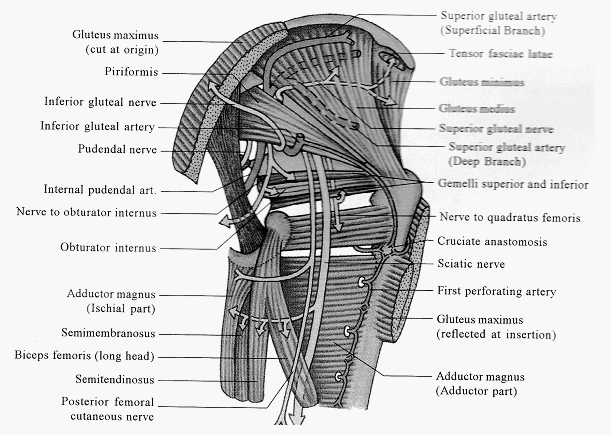Sacrospinous ligament converts greater sciatic notch into greater sciatic foramen. Sacrotuberous ligament and sacrospinous ligament converts lesser sciatic notch into lesser sciatic foramen. Pudendal canal is a fascial canal formed by splitting of the obturator fascia and is located on the lateral wall of ischiorectal fossa. Structures passing thorugh greater…
Category: PGMEE, MRCS, USMLE, MBBS, MD/MS
Medical knowledge in bullet points with understandable language, simplified images and graspable mnemonics.
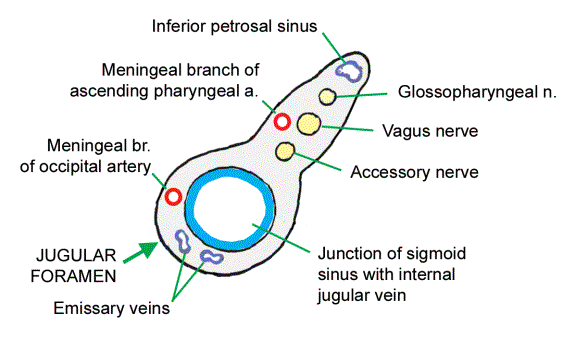
Structures passing through Jugular foramen : Mnemonic
Mnemonic: IPS 9,10,11 MAP JOE Anterior part: IPS Inferior Petrosal Sinus Middle part: 9, 10, 11 MAP CN IX CN X CN XI Meningeal br. of Ascending Pharyngeal artery Posterior part: JOE Jugular vein (internal; lower end of sigmoid sinus) Occipital artery Emissary vein Vernet’s syndrome (Jugular foramen syndrome) Unilateral…
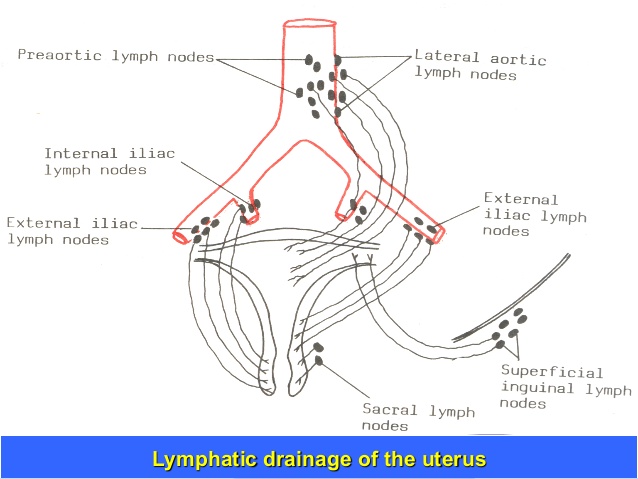
Lymphatic drainage of Uterus and Cervix : Mnemonic
Lymphatic drainage of the uterus is via the iliac, sacral, aortic and inguinal lymph nodes. Mnemonic: USA ME LIES 1. Upper portion: Superficial inguinal and Aortic Fundus and superior uterine body: Aortic (Pre- and Para-aortic) lymph node Cornu: Superficial inguinal lymph node 2. Middle portion (Uterine body): External iliac nodes 3. Lower…
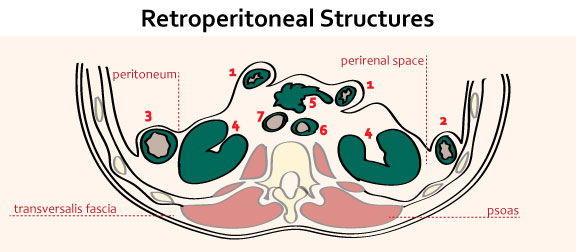
Retroperitoneal Organs : Mnemonic
Retroperitoneal organs are partly covered on one side with parietal peritoneum. They are immobile or fixed. The classification of retroperitoneal organs divides primary and secondary retroperitoneal organs due to the embryonic development – Retroperitoneal structures Mnemonic: SAD PUCKER Primary retroperitoneal structures Mnemonic: SAUKER Secondary retroperitoneal structures Clinical significance Kocher maneuver…
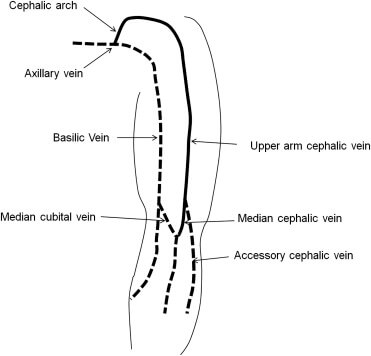
Superficial Veins of Forearm : Mnemonic
Origin: Dorsal venous network The 1st 2 letters of the word “biceps” that being the muscle with which the vein is in relation, will give a mnemonic aid to retain the relative position of the basilic and cephalic veins. (B.I., Basilic Internal) Basilic vein courses medially Cephalic vein course laterally…

Chronic Lead Poisoning : Mnemonic
Mnemonic: ABCDEFGH Anemia: Results from ALA dehydrogenase inhibition Also causes RBC membranes to be permeable to K+ and decrease Na+/K+ ATPase leading to hemolysis Basophilic stippling Burtonian lines: Gum “lead lines” develop in 2-50% Results from subepithelial deposit of lead sulfide granules on gingival margins Colic: Spasmodic pain involving smooth…

Ulnar nerve Anatomy – Course and Innervation
Origin: C(7), C8, T1 (medial cord of Brachial plexus) Course: Motor innervation: 1. Forearm: Flexor carpi ulnaris (weakness of ulnar deviation and flexion of wrist), Medial half of flexor digitorum profundus (branches near the elbow) 2. Hand: branches near wrist Sensory innervation: Palmar branch at forearm and Digital branch at wrist…
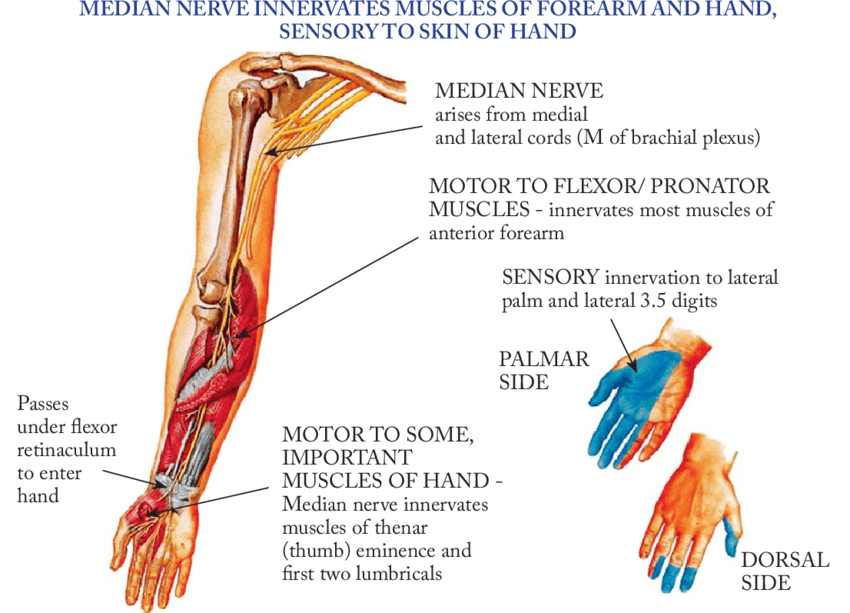
Median nerve Anatomy : Course and Innervation
Origin C5-T1 (lateral and medial cords of Brachial plexus) Course Motor innervation Muscles supplied: 2 lateral lumbricals, 3 thenars, 3Ps (2 pronator and 1 palmaris) and 4 flexors. Sensory innervation Clinical correlation 1. Martin-Gruber motor connection: occur in 17% of individuals between median and ulnar nerves resulting in variable innervations…
